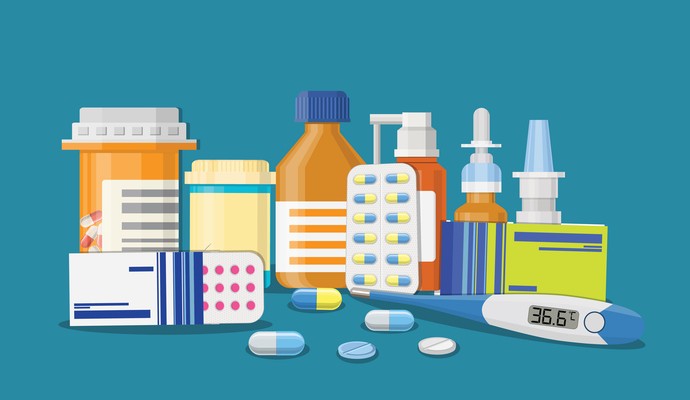53% of Seriously Ill Medicare Beneficiaries Face Financial Distress
Medicare beneficiaries who are seriously ill struggle with financial burdens as a result of high out-of-pocket medical costs, according to a recent survey.

Source: Getty Images
- Medicare coverage gaps may cause considerable financial distress for the most seriously ill patients, with 53 percent of seriously ill Medicare beneficiaries admitting they struggle to pay for care, according to a recent survey.
Published in Health Affairs, the survey conducted by Harvard University and funded by the Commonwealth Fund found that respondents reported having the most difficulty paying for prescription drugs (30 percent), followed by hospital bills (25 percent).
Beneficiaries also reported experiencing financial hardships due to the cost of their illness, including using up all or most of their savings (36 percent) and being unable to pay for necessities such as food, heat, and housing (23 percent). Forty-five percent of the 742 respondents also reported emotional or psychological distress.
The authors explained that high-need high-cost patients are associated with acute end-of-life care, but most beneficiaries in this survey sample were living at home, relying on help from family and friends. This came at significant costs to themselves and their caretakers.
“What stands out here are the extensive financial problems many seriously ill Medicare beneficiaries face paying for their prescription drugs today,” Robert Blendon, principal investigator and co-author and the Richard L. Menschel Professor of Public Health and Professor of Health Policy and Political Analysis at Harvard Chan School and director of the Harvard Opinion Research Program, stated in a press release.
Medicare is generally perceived as offering good financial protection compared to private plans, but the extent of financial strain among seriously ill beneficiaries was notable and warrants further investigation, according to the authors.
Notably, policymakers may want to take a closer look at prescription drug spending.
According to a recent Kaiser Family Foundation report, the average Medicare beneficiaries spent $5,460 in out-of-pocket healthcare costs in 2016. Of that total, about 21 percent, or $651, was attributable to prescription drugs, which is an estimated average across all Medicare beneficiaries including users and non-users of each service.
Medicare beneficiaries in poorer self-reported health, with multiple chronic conditions, and with any inpatient hospital utilization, paid more in out-of-pocket costs. This was especially true for prescription drugs, the report added. In 2016, Medicare beneficiaries with five or more chronic conditions spent $1,065 on prescription drugs, on average, compared to $416 among those with one or two chronic conditions.
Seriously ill Medicare beneficiaries fall into the bucket of members paying more out-of-pocket. This population has greater resource utilization and depends on prescription drugs and providers more to manage their health.
Medicare may want to consider making generic drugs cheaper for beneficiaries to improve outcomes.
Some Medicare beneficiaries pay higher out-of-pocket costs for generic drugs rather than for brand-name drugs, according to a recent Health Affairs study. The study found that beneficiaries using generic drugs had to spend $3,730 to reach the catastrophic coverage period in which Medicare covers costs, while beneficiaries using brand-name drugs only had to spend $982.
“Ironically, even if we assume that generic drugs have lower list prices than brands, for Medicare beneficiaries with $20,000 to $80,000 in annual drug money, using only brand-name drugs could actually save them money,” stated Stacie Dusetzine, PhD, associate professor of Health Policy and Ingram Associate Professor of Cancer Research at VUMC and the study’s lead author.
As a result of the passing of the Bipartisan Budget Act of 2018 (BBA), Medicare beneficiaries find themselves spending a significant amount more on drugs, as it created higher discounts for brand-name drugs without properly setting appropriate pricing for the generic, explained Dusetzine et al.
